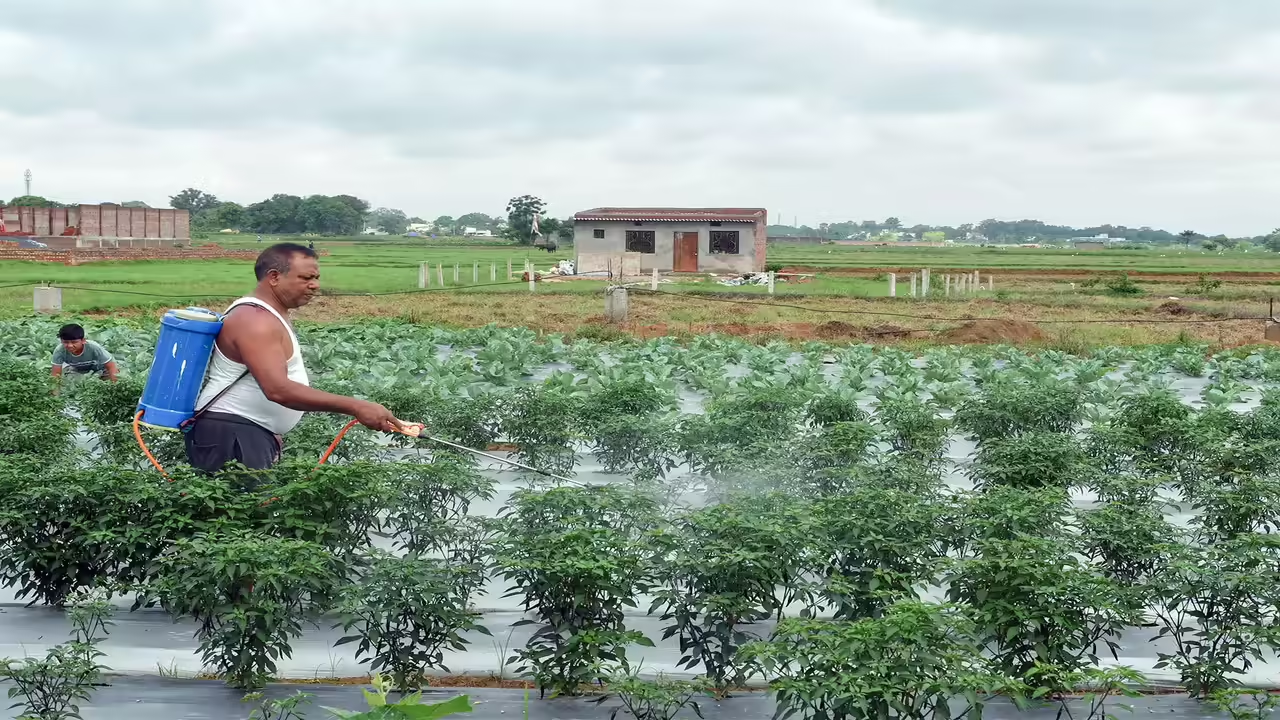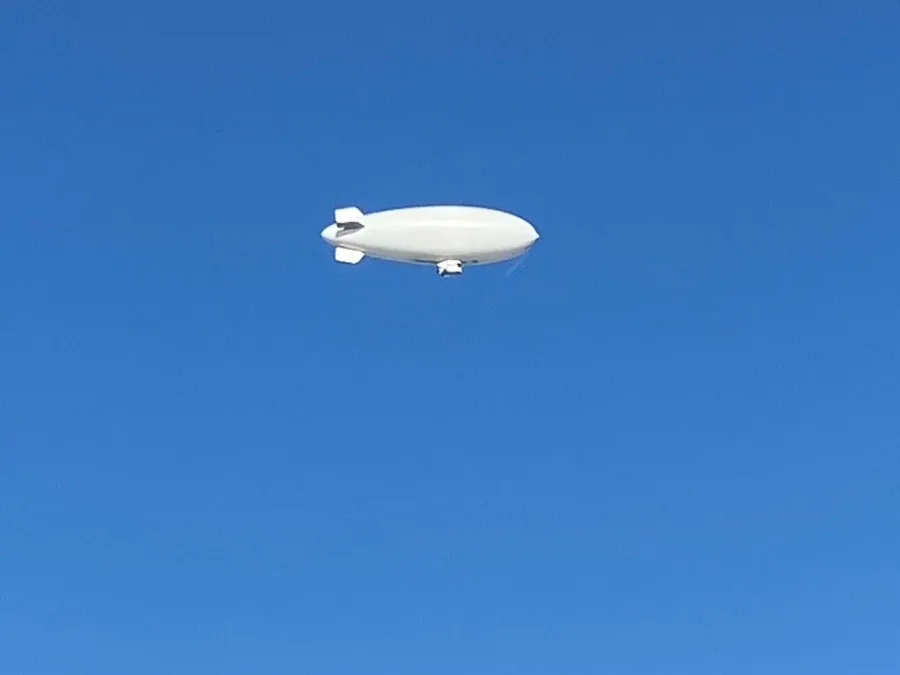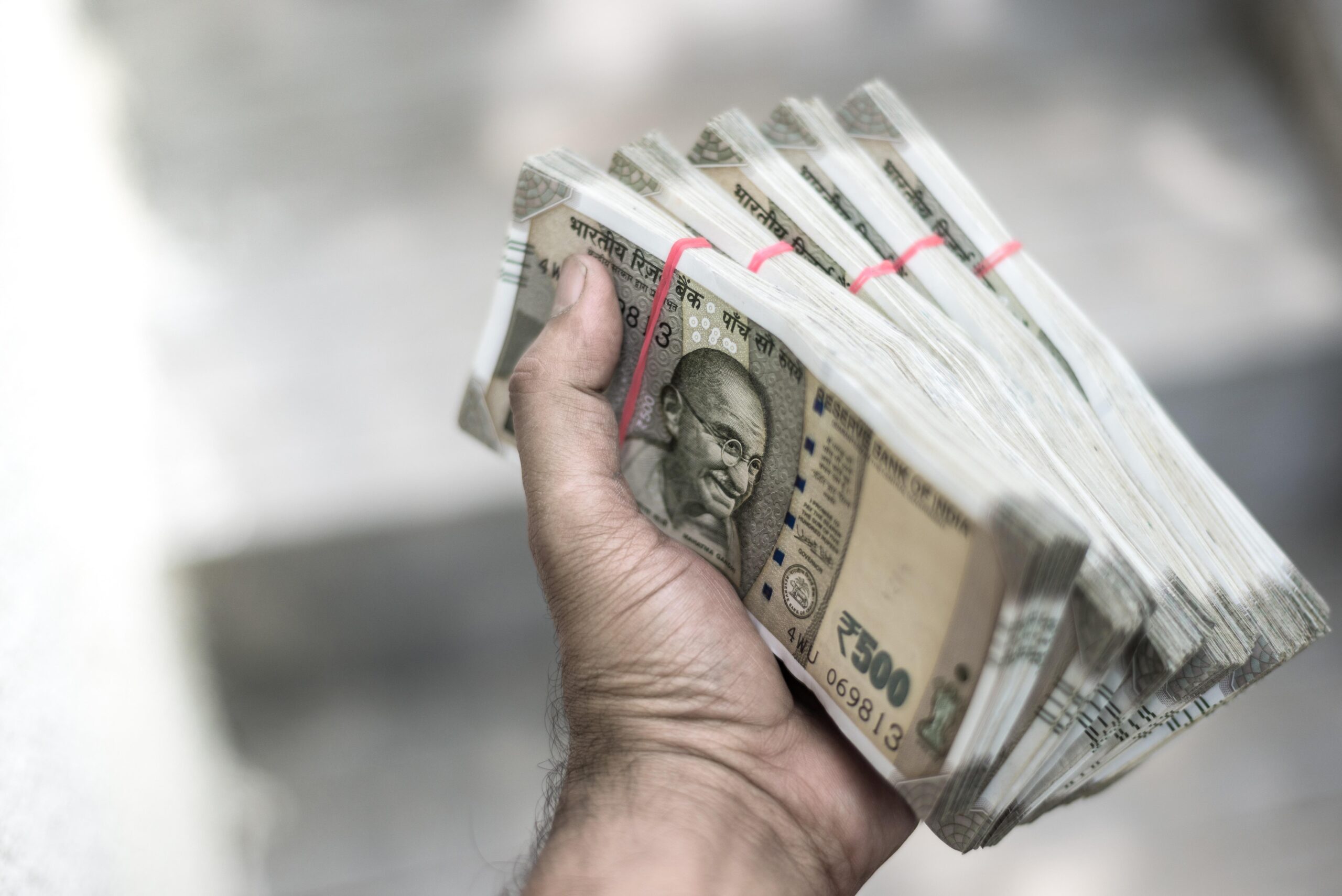Now Reading: Centre Raises Non-Urea Fertiliser Subsidy to ~₹38,000 Crore Ahead of Rabi Season
-
01
Centre Raises Non-Urea Fertiliser Subsidy to ~₹38,000 Crore Ahead of Rabi Season
Centre Raises Non-Urea Fertiliser Subsidy to ~₹38,000 Crore Ahead of Rabi Season

The Union government has approved an estimated ₹37,952 crore subsidy for non-urea (phosphatic and potassic) fertilisers for the Rabi 2025-26 season, marking a nearly 55 per cent rise over last year. The move aims to shield farmers across India—including those in Tier 2 and Tier 3 cities—from rising global nutrient prices and ensure steady crop input costs at a crucial sowing time.
Why the increase matters
Global prices of key nutrients such as phosphorus and sulphur have climbed, putting pressure on domestic fertiliser costs. By raising subsidies, the government intends to absorb some of these cost pressures so that retail prices for farmers do not escalate sharply. Stability in input cost is especially relevant in regions where farmers operate at tight margins.
Impact on farmers in smaller cities
In Tier 2 and Tier 3 centres, many growers of wheat, mustard, pulses and other Rabi crops may be operating with limited finance and lesser access to credit. The subsidy hike means that fertiliser costs are less likely to surge unexpectedly. That provides a degree of predictability for these farmers when planning for seed, fertiliser and other inputs.
What remains unchanged and what to watch
While the subsidy for non-urea fertilisers has been raised substantially, the rates for nitrogen and potash fertilisers remain largely unchanged. Farmers and stakeholders will need to monitor whether retail availability, timely supply of fertiliser stocks and distribution logistics keep pace, especially in districts that lie outside metro supply networks.
Long-term implications for agriculture
If input costs remain manageable, it could encourage better fertiliser application and timely sowing, both of which are important for crop yield. For regional economies in smaller cities and rural belts, improved yields translate to better incomes, which in turn supports local markets. However, subsidy alone won’t address supply-chain gaps, knowledge of optimal fertiliser use, or soil health issues.
Conclusion
The government’s decision to raise the non-urea fertiliser subsidy sends a clear signal: support for farming inputs remains a priority ahead of Rabi sowing. For farmers in smaller cities, this intervention provides some relief from volatile global prices. Yet the effectiveness of this measure will depend on how well the subsidy translates into on-ground access, fair retail pricing and timely delivery.

























